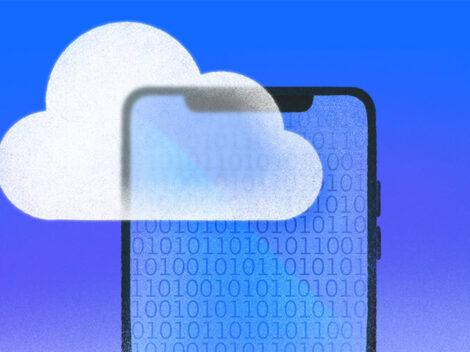Going public sometimes works out badly. This has been particularly true for companies that took the SPAC route to public markets around the peak of the last boom.
Dozens of companies once valued in the billions have seen their valuations wither and their share prices nosedive to penny-stock territory. In response, a growing number are choosing to exit public markets and try their luck once again as private companies.
A couple weeks ago, genetic testing provider 23andMe became the latest candidate to try out this route. The company announced that its CEO and founder, Anne Wojcicki, is considering acquiring all the outstanding shares she does not currently own. Her proposal follows more than three years of mostly disastrous performance on Nasdaq, with shares recently valued around 50 cents each.
23andMe is not alone. In recent months we’ve seen a spate of struggling SPACs also announce plans to go private. Standouts include:
- View, a maker of smart glass for high-end buildings, announced last month that it entered into an agreement with investors to become a private company and pursue a Chapter 11 bankruptcy reorganization. Prior to going public in early 2021, Milpitas, California-based View had raised more than $1.8 billion in venture funding. It struggled early on as a public company, with a history of losses and persistent doubt over its solvency.
- The board of Astra, a provider of low-cost launch services for small satellites, voted in March to go private after a troubled three-year run as a public company. The plan calls for selling to a parent company formed by Astra CEO Chris Kemp, CTO Adam London and other long-term investors. After debuting on Nasdaq in 2021 at a $2.1 billion valuation, the Alameda, California-based company had a recent market cap around $15 million.
- Berkshire Grey, a developer of robotics technology for warehouses, made its market debut via SPAC merger in July 2021. Just 20 months later, after shedding a couple billion from its peak valuation, the Bedford, Massachusetts, company announced it would once again go private. The plan called for existing shareholder SoftBank to acquire all remaining outstanding stock in a deal valued around $375 million.
- Greenlight Biosciences, a biotech developing RNA products for health and agriculture, went public in early 2022 near the tail end of the SPAC boom, at an initial valuation around $1.2 billion. It didn’t go well. A little over a year later, in May 2023, Medford, Massachusetts-based Greenlight announced it would go private via an investor group led by existing shareholder Fall Line Capital in a deal valuing the company at $45.5 million.
None of these are case studies in successful post-IPO performance. Founders and early backers undoubtedly hoped they’d generate more lasting enthusiasm on public markets.
But given the options at hand when shares sink to sub-$1 levels, going private certainly isn’t the worst. It helps that in most of the cases listed above, the owners of the newly private company are founders or long-term shareholders with a deep understanding of the business.
Additionally, while no one likes seeing valuations crumble, at least a case could be made that there’s plenty of potential upside at current levels.
Related reading:
- 2020 Is The Year Of The SPAC
- Smart-Glass Maker View’s Outlook Shatters, Smashing SoftBank SPAC Dreams

Stay up to date with recent funding rounds, acquisitions, and more with the Crunchbase Daily.











67.1K Followers